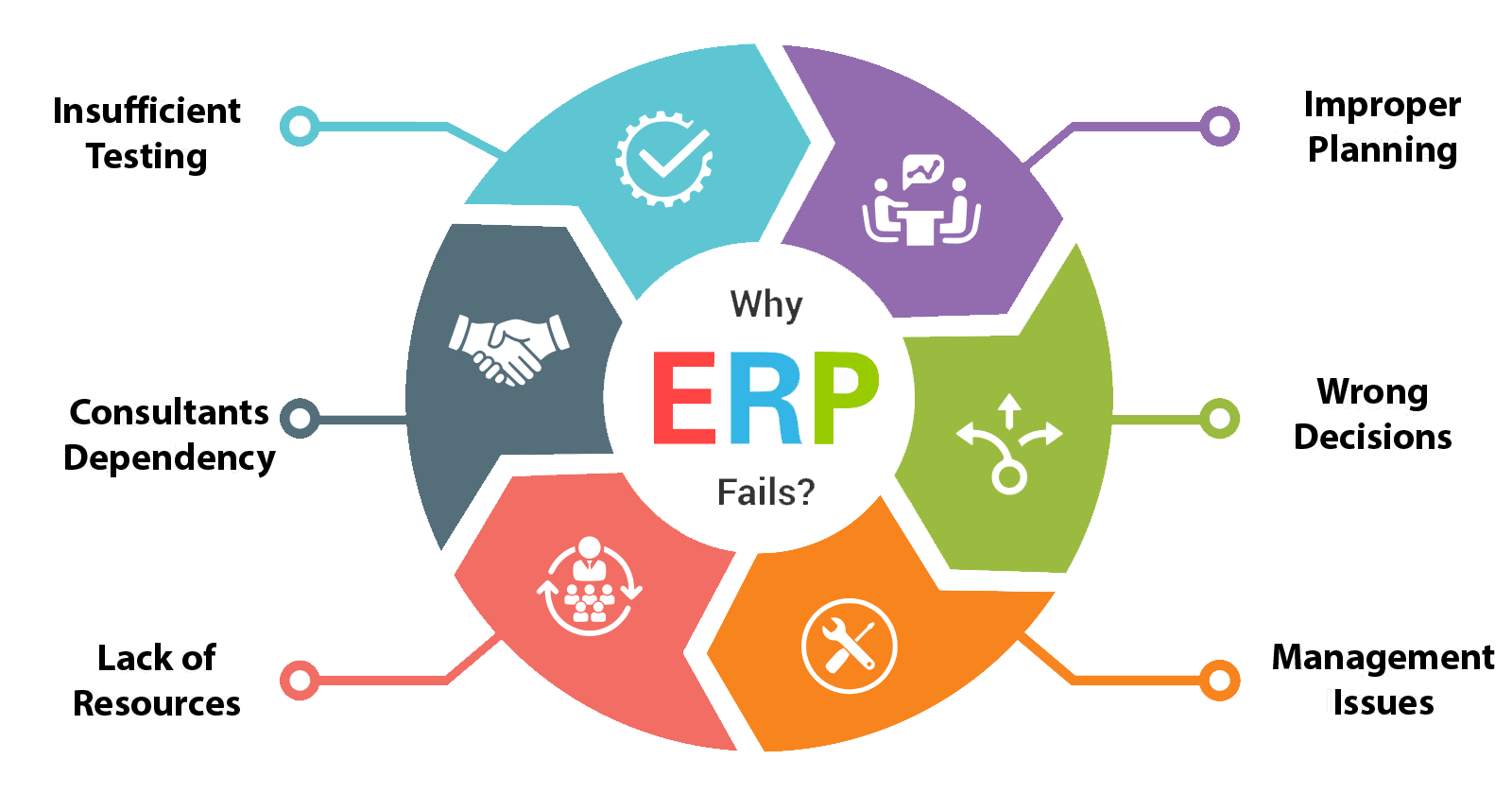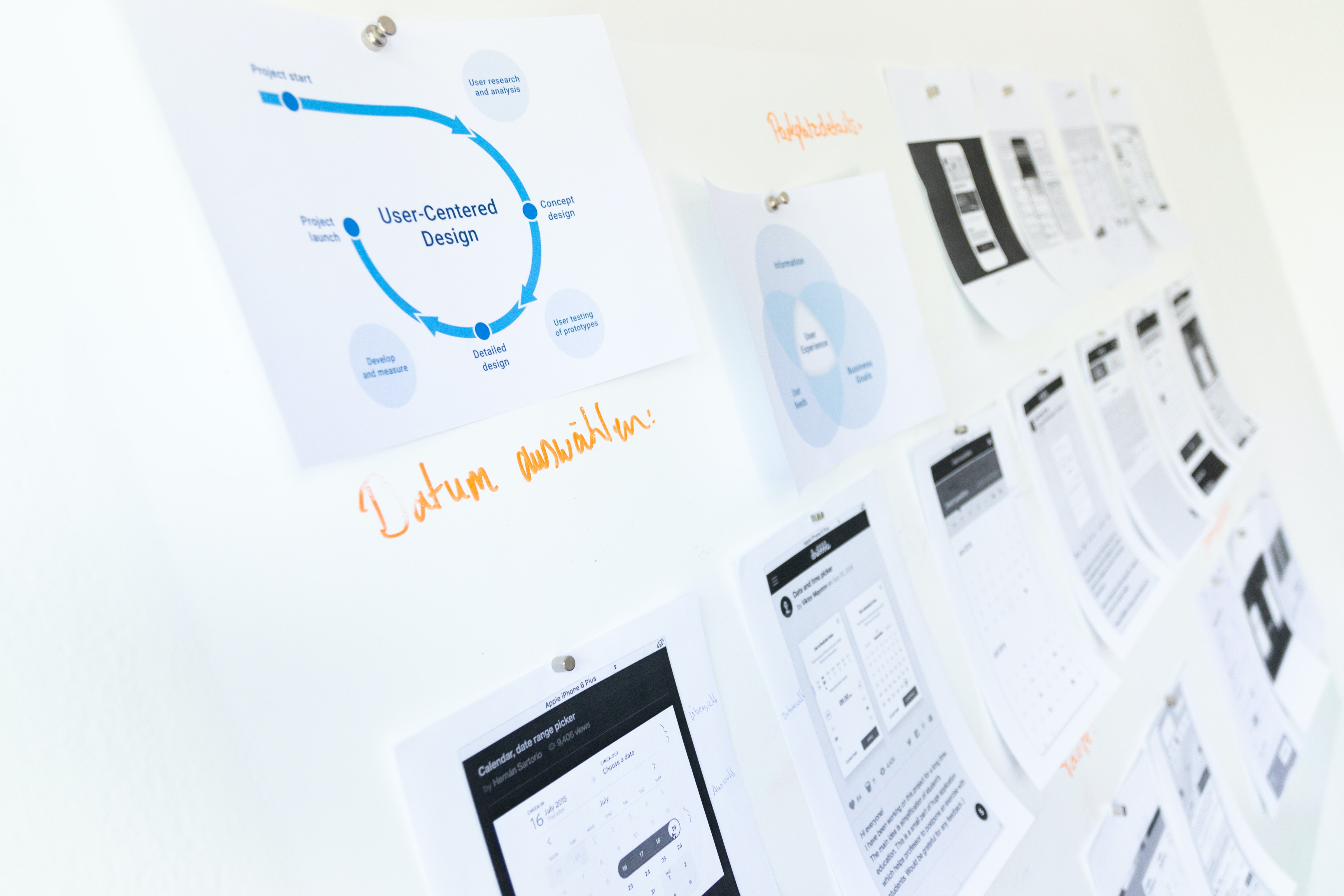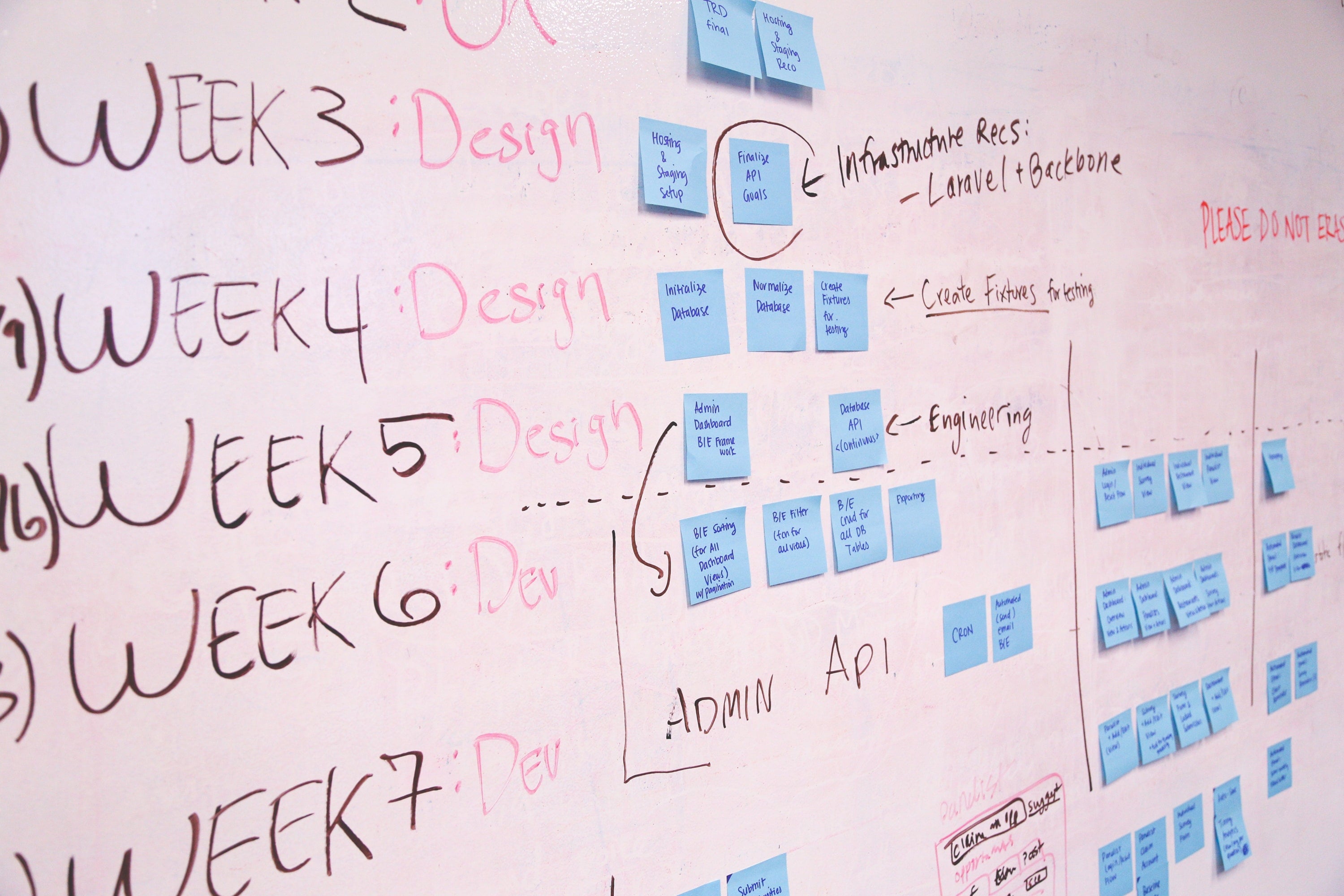Determine the business needs and transform them into system requirements
Understanding business requirements is the foundation for building a
solution. In Matrix, we use numerous methodologies exist for
requirements elicitation, gathering, and documentation which helps
us in:
1. identifying key stakeholders
2. understanding
the business process
3. leading and coordinating the collection
of business needs
4. documenting and organizing the business
process and needs
5. analyzing the business needs and defining
the business requirements
6. communicating the business
requirements to an entire team for agreement
Our major
techniques for collecting business needs include
1.
interviews
2. brainstorming
3. prototyping
4.
questionnaires
5. informal use case analysis
6. user
stories, among others





